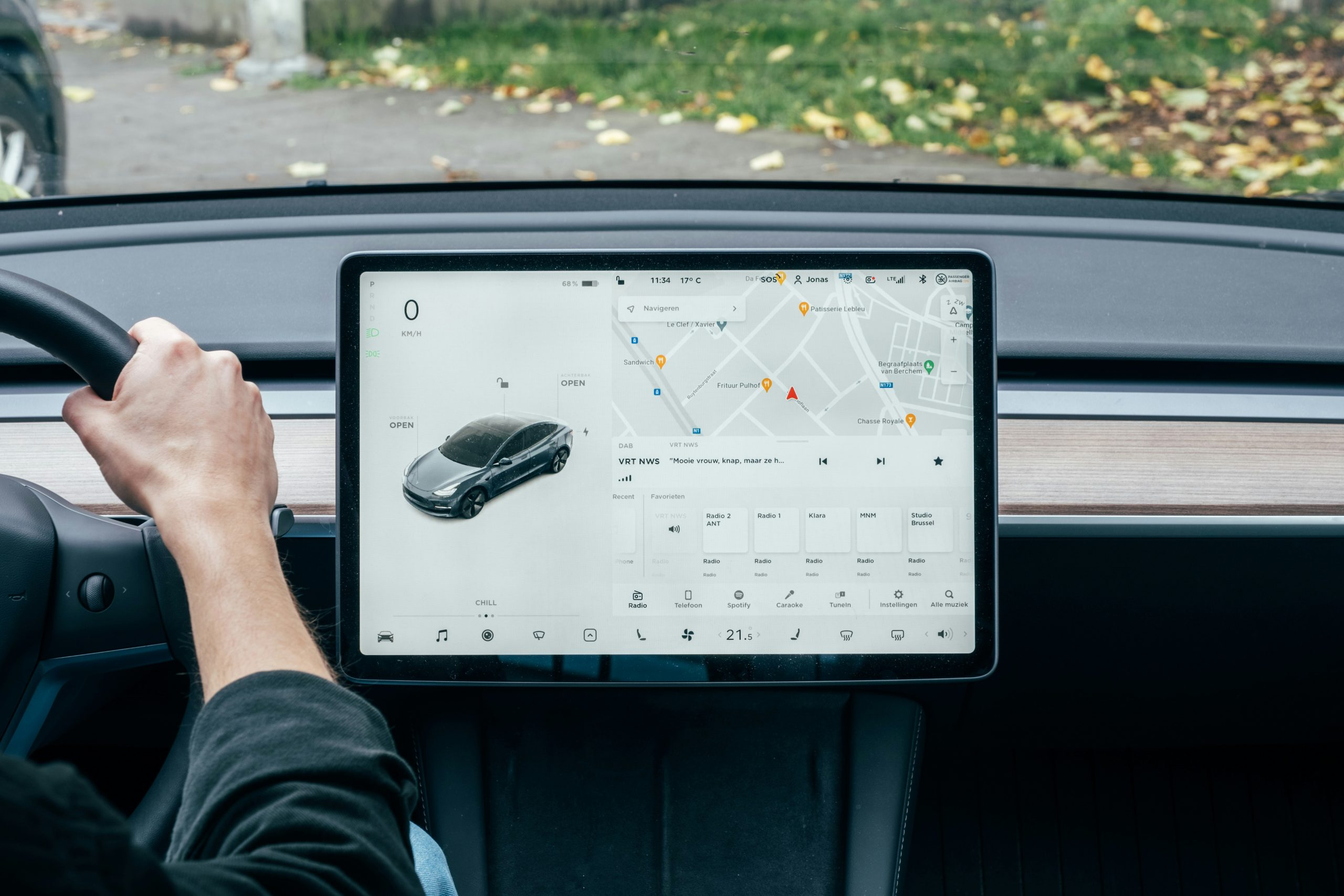Understanding Commercial Vehicle Electrification Challenges Today
If you’ve been keeping up with current trends in the automotive industry, you may have noticed a growing interest in electric vehicles (EVs). This shift towards electrification has been steadily gaining momentum for the past decade, and it’s no surprise that commercial vehicles have also been impacted by this movement.
The Rise of Commercial Vehicle Electrification
With increasing environmental concerns and a push towards sustainable practices, it’s no wonder that commercial vehicle electrification has become a hot topic in the transportation sector. This movement towards electric commercial vehicles is driven by the desire to reduce carbon emissions and improve air quality, especially in heavily congested urban areas.
Furthermore, with the advancement of technology and the decreasing costs of battery and EV components, it’s becoming more economically feasible for commercial vehicle manufacturers to transition from traditional diesel-powered vehicles to electric ones.
The Benefits of Commercial Vehicle Electrification
The benefits of commercial vehicle electrification cannot be ignored. From a financial standpoint, electrification offers significant savings in fuel costs and maintenance. EVs have fewer moving parts and don’t require frequent oil changes and tune-ups, resulting in lower maintenance and operating costs.
Moreover, EVs have the potential to reduce operational costs for businesses in the long run. Since electricity is a more stable and predictable cost than fluctuating fuel prices, EVs offer businesses a more reliable and manageable budget for their fleet operations.
From an environmental perspective, electric commercial vehicles produce zero emissions, minimizing their carbon footprint. This is especially beneficial for businesses that operate in cities with strict emissions regulations, allowing them to continue their operations without any disruptions.
The Challenges of Commercial Vehicle Electrification
Despite its numerous advantages, commercial vehicle electrification still faces several challenges that need to be addressed. The primary roadblocks to widespread adoption of electrification are range anxiety, charging infrastructure, and the upfront costs of EVs.
Range Anxiety
Range anxiety has been a common concern among drivers, especially for those who are accustomed to the convenience of traditional fuel stations. While the range of EVs has significantly improved in recent years, the fear of running out of charge and being stranded on the road is still prevalent.
Commercial vehicles, in particular, have more demanding requirements, such as longer ranges and heavier loads, compared to personal EVs. Hence, commercial vehicle manufacturers must develop electric vehicles that can meet these specific needs and assure customers of their reliability and range.
Charging Infrastructure
Another challenge for commercial vehicle electrification is the availability of charging infrastructure. Unlike traditional fuel stations, electric charging stations are currently not as widespread. This makes it challenging for businesses to plan long-distance routes and ensure that their vehicles have access to charging stations.
To overcome this obstacle, governments and private entities must work together to expand the charging infrastructure and make it more accessible to commercial vehicles. This includes installing charging stations in strategic locations, creating a network of charging stations on major highways, and offering incentives to businesses to install private charging stations in their facilities.
Costs of EVs
One of the main barriers to the widespread adoption of commercial vehicle electrification is the upfront costs of EVs. While the long-term savings are significant, the initial investment required for an EV is still a deterrent for many businesses. This is especially true for smaller companies that may not have the resources to make the transition.
To address this challenge, governments are providing incentives and subsidies to businesses to help offset the costs of purchasing electric commercial vehicles. This, coupled with the decreasing costs of EV components, is expected to make commercial vehicle electrification more affordable in the future.
Conclusion
In conclusion, commercial vehicle electrification is a promising solution for a more sustainable transportation sector. While there are challenges that need to be addressed, the benefits of electrification, such as cost savings and reduced emissions, far outweigh the challenges. With continued advancements in technology and support from governments and private entities, we can expect to see a significant increase in the adoption of electric commercial vehicles in the near future.










